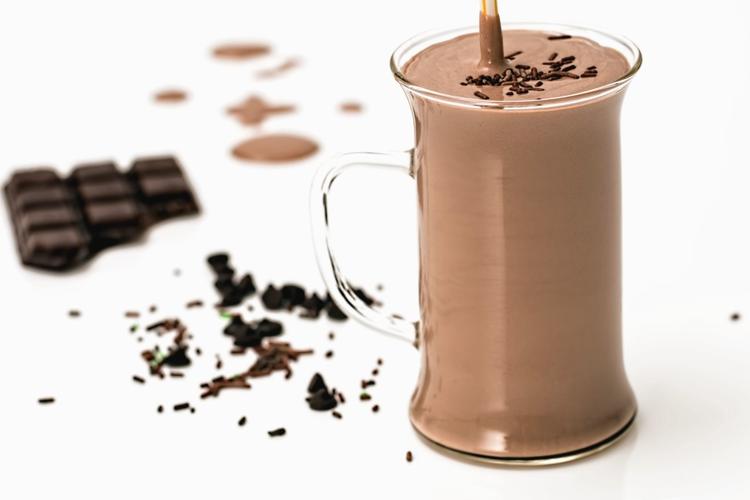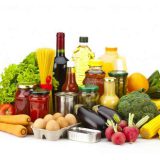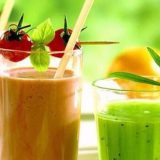Sugary beverages are emerging as a prime culprit. So now our child’s favorite drinks might not be healthful. It is just the main source of childhood obesity and other hazardous diseases. As per the Disease Control and Prevention centers, sweetened beverages are the biggest cause of empty carbs, this extra wasteful calories in children’s diet are responsible to expand young waistlines. Kids intake those unwanted calories in the form of added sugars.

Yet among adults also, sugary drinks cause many harmful effects such as health problems like type 2 diabetes, weight gain, and in some cases, heart problems. Some research brings the fact into public knowledge that men who drink 12 or more ounces of a sugar-sweetened beverage per day are 20 percent more likely to risk heart disease than men who are desisted. American food habit includes too much sugar. The permissible intake of sugar per day for children is 12 grams or 3 teaspoons. While for men it will be no more than 36 grams per day, which is equivalent to 9 teaspoons of sugar. And women can take no more than two-thirds of a man’s intake.
Many nutritionists and dietitians suggest milk, water, and small portions of 100 percent juice instead of sugary beverages as they are the chief source of childhood obesity. It is best for adults also to intake low-fat and fat-free milk, which is pure juice, rich in calcium, and offers lots of nutrients.
Take the case of the drink named Hi-C. It is, of course, rich in vitamin C and caters to all the need for vitamin C for your kid’s drink. However, it only consists of 10 percent real juice. A 6.75-ounce serving has 90 calories and 25 grams of sugar, which is similar to a regular Coke.
Consider another example of Hawaiian Punch. Eight ounces consist of 70 calories and 17 grams of sugar. Which merely has just 5 percent juice. This so-called health drink is not also free from this harmful preservatives and artificial additive flavors and colorings.
There are healthier ways to quench juvenile thirst. Prefer water instead of sugary beverages. It is proved by the Institute of Medicine that kids ages 4 to 8 should get about 5 12-ounce glasses of water per day to be healthy. However, older kids and teens ages need to get between 5½ to 8 glasses, based on age and gender.
Another way is the use of sanitary valves. Most food-contacting valves are made of 316 stainless steel for corrosion resistance (or 316L if the valve has welded end sanitary fittings), Lutkewitte says, although other alloys are used for certain applications. Valves are ubiquitous in food processing plants, no matter what the product.



